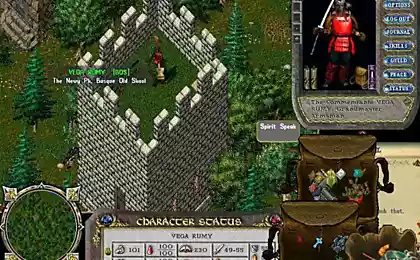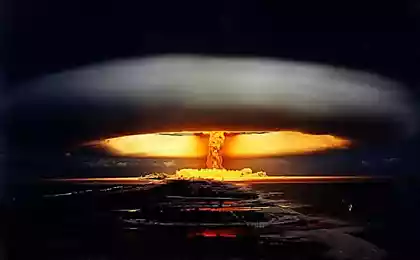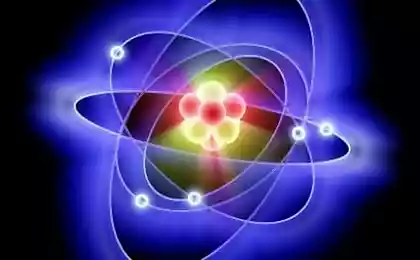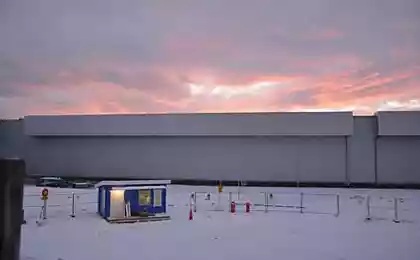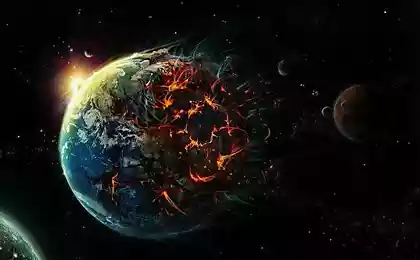1020
Named a new date for the end of the world
According to new data, the destruction of the Earth will occur in March 2880. Then an asteroid hurtling through space now to face our planet, destroying all life on it.
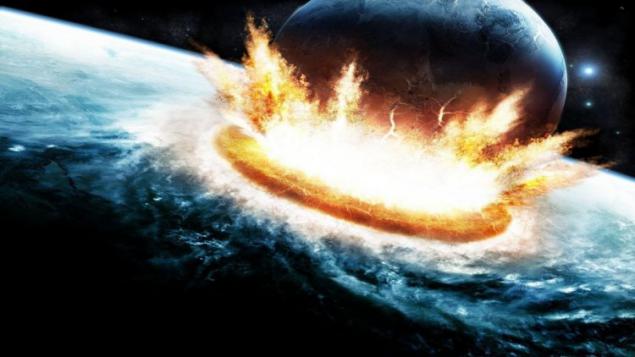
Researchers studying the cosmic body, found that it rotates so fast that it should fall apart, but even that did not make the asteroid to change the trajectory of which intersects the Earth. They believe that the parts that make up the asteroid, held by the forces known as van der Waals force, and although it is considered a major breakthrough, scientists still do not know how to stop him.
The discovery was made by researchers from the University of Tennessee (UT), Knoxville. Previous studies have shown that asteroids are piles of rubble and held together by gravity and friction. Nevertheless, UT team discovered that the asteroid, named 1950 DA, spinning so fast that it defies These reasons forces.
Celestial body, the diameter of which is estimated to researchers, is 1000 meters, makes a complete rotation every two hours and six minutes. At this rate, the stone is about to fall apart, but so far scientists have not noticed any signs of damage.
Researchers Rozītis Ben and Joshua Emery, assistant professor of Earth and planetary sciences, decided to find out what keeps the asteroid from disintegration. Calculate the temperature and density of 1950 DA, the team discovered some forces that do not give him a break.
"We found that 1950 DA rotates faster than the fracture limit for its density, said Rozītis. - Thus, if only gravity holding the pile of rubble together, as is commonly believed, he would have already shattered ».
In this regard, the researchers concluded that in this case are present interparticle adhesion forces, which hold the stones together. The presence of the forces of cohesion was previously predicted for small asteroids, but conclusive evidence for this theory has never before been able to get.
The findings of scientists, published this week in the scientific journal Nature, could become the basis for new research to protect our planet from a massive asteroid.
Asteroid 1950 DA was found Feb. 23, 1950. Then the scientists have observed him for 17 days, after which the heavenly body disappeared from sight for half a century. The newly discovered object was December 31, 2000.
Despite the danger posed to earthlings is racing in outer space astreoid, scholars argue that there is no reason for concern.
They argue that knowing about the threat and having left hundreds of years, mankind will be able to find a way to shift the 1950 DA with a dangerous path, or destroy it.

Researchers studying the cosmic body, found that it rotates so fast that it should fall apart, but even that did not make the asteroid to change the trajectory of which intersects the Earth. They believe that the parts that make up the asteroid, held by the forces known as van der Waals force, and although it is considered a major breakthrough, scientists still do not know how to stop him.
The discovery was made by researchers from the University of Tennessee (UT), Knoxville. Previous studies have shown that asteroids are piles of rubble and held together by gravity and friction. Nevertheless, UT team discovered that the asteroid, named 1950 DA, spinning so fast that it defies These reasons forces.
Celestial body, the diameter of which is estimated to researchers, is 1000 meters, makes a complete rotation every two hours and six minutes. At this rate, the stone is about to fall apart, but so far scientists have not noticed any signs of damage.
Researchers Rozītis Ben and Joshua Emery, assistant professor of Earth and planetary sciences, decided to find out what keeps the asteroid from disintegration. Calculate the temperature and density of 1950 DA, the team discovered some forces that do not give him a break.
"We found that 1950 DA rotates faster than the fracture limit for its density, said Rozītis. - Thus, if only gravity holding the pile of rubble together, as is commonly believed, he would have already shattered ».
In this regard, the researchers concluded that in this case are present interparticle adhesion forces, which hold the stones together. The presence of the forces of cohesion was previously predicted for small asteroids, but conclusive evidence for this theory has never before been able to get.
The findings of scientists, published this week in the scientific journal Nature, could become the basis for new research to protect our planet from a massive asteroid.
Asteroid 1950 DA was found Feb. 23, 1950. Then the scientists have observed him for 17 days, after which the heavenly body disappeared from sight for half a century. The newly discovered object was December 31, 2000.
Despite the danger posed to earthlings is racing in outer space astreoid, scholars argue that there is no reason for concern.
They argue that knowing about the threat and having left hundreds of years, mankind will be able to find a way to shift the 1950 DA with a dangerous path, or destroy it.





